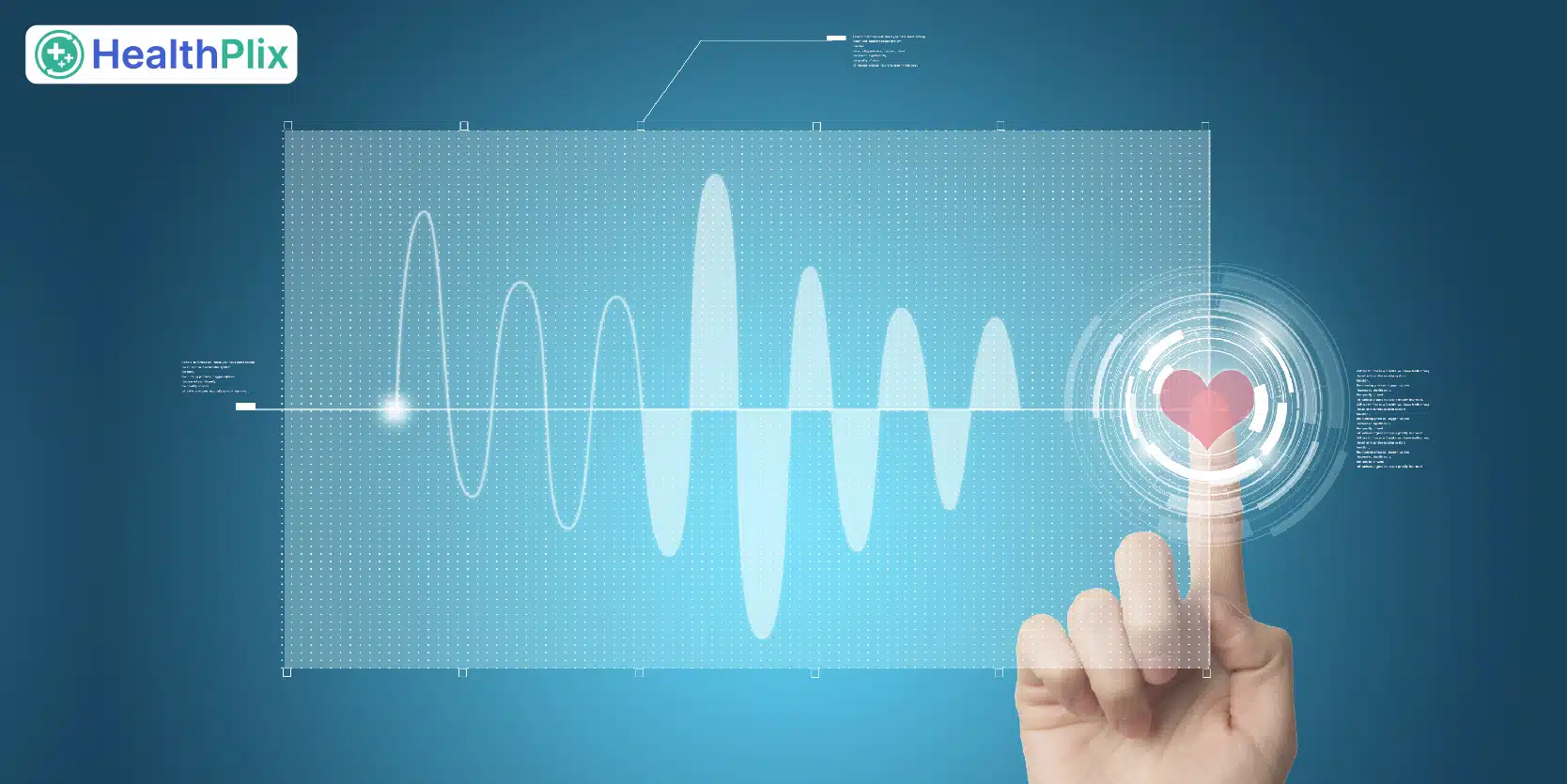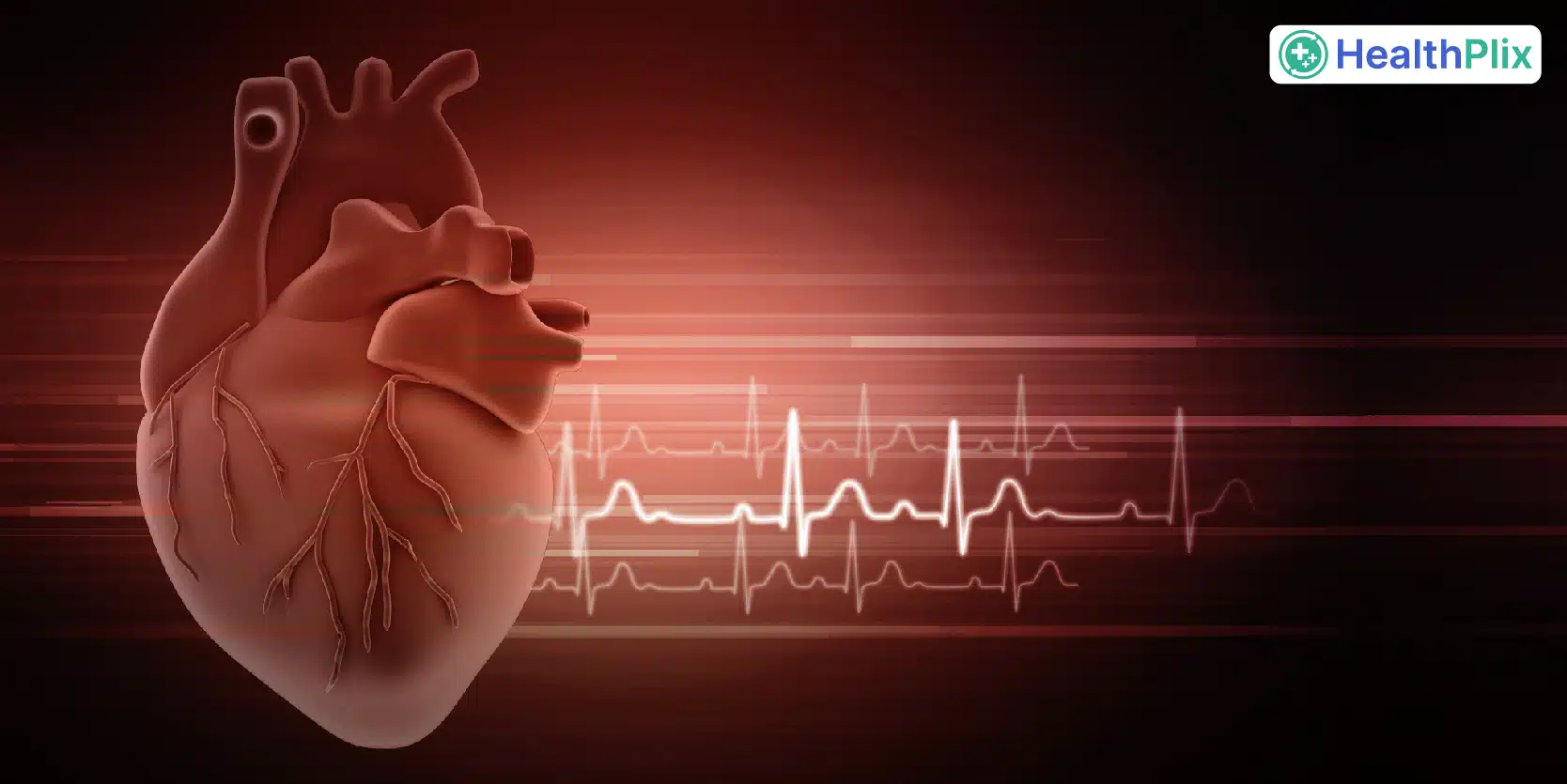Cardiac EMR are highly complex and therefore be implemented in phases. The entire process can be divided into three phases –
Data Collection
The first phase involves data collection from different sources like paper records, electronic health records (EHRs), clinical information systems (CIS), etc., which will then be migrated into the new system using an appropriate tool.
Data Analysis
In this phase, all the collected data will be analysed to discover bottlenecks or other areas where improvements are required to make the system more efficient and effective at providing patient care services. Once these changes are made, we enter Phase 3, where we perform validation testing on these improvements.
Data Migration
Once your EMR setup has been appropriately configured, it’s time to start using it! This may seem obvious, but many organisations must adequately train their staff to use the new system effectively before switching completely.
With HealthPlix and its incredibly effective template, this can be done quickly, and you can get the added benefit of implementing a system that works with your workflow instead of against it.
Best Practices for Cardiology EMR Implementation
Implementing an electronic medical record system in a cardiology practice can be daunting. However, it is necessary to enhance patient care and improve practice efficiency. Here are some best practices for implementing a cardiology EMR:
Define the Scope
Before implementing a cardiology EMR system, it is essential to define the scope of the project. This includes identifying objectives and specific needs by creating a detailed picture and map of your practice, including diagnostic services offered, speciality clinics managed, available hours, etc.
A detailed workflow mapping will help cardiac administrators understand where EMR implementation can best benefit their practice and the stakeholders it needs to address.
This includes changes that need to be made to increase efficiency, EMR system requirements, patient expectations and preferences, provider needs, and coordination with other partners, such as hospitals.
Involve Key Stakeholders
The implementation process should involve key stakeholders, including physicians, nurses, administrative staff, and IT staff. Involving these stakeholders from the beginning of the process can ensure that everyone is on the same page and can help with buy-in and adoption of the new system.
Select the Right EMR System
Selecting the right EMR system is crucial for the success of the implementation. It is essential to choose a system that meets the specific needs of the cardiology practice. The Cardiology EMR software system should be user-friendly, customisable, and able to integrate with other systems used in practice.
Provide Adequate Training
Adequate training is essential for successful implementation. It is important to provide training not only for the clinical staff but also for the administrative staff. Training should be ongoing and include updates and new features of the EMR system.
Test the System
Before going live with the new EMR system, it is important to test thoroughly. This includes testing the system for various scenarios, such as different types of patients, appointments, diagnoses, and more.
Monitor and Evaluate
Once the EMR system is implemented, monitoring and evaluating its effectiveness is important. This includes tracking key performance indicators (KPIs), such as productivity, patient satisfaction, and revenue. Monitoring and evaluation can help identify areas for improvement and ensure the EMR system meets the cardiology practice’s needs.
Benefits of Cardiac EMR Implementation Process


